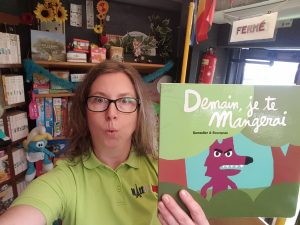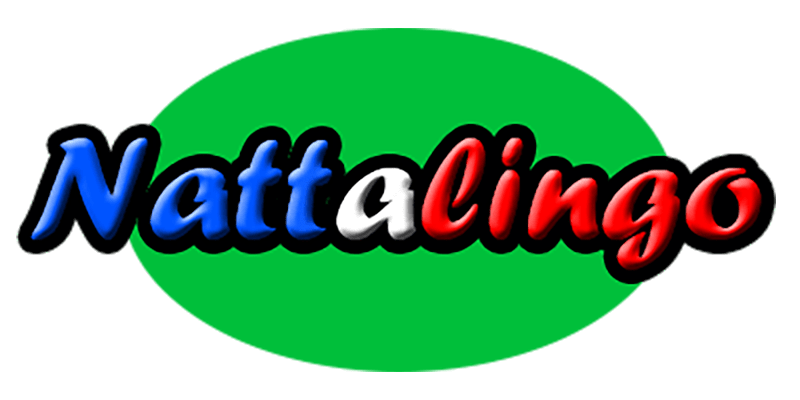
I love this story where the wolf tries to look so mean… but he really is not!
Click here to watch an introduction to the story, by me, on my YouTube channel.
Language of text : French
Type of text : picture book
Author or source : Ramadier & Bourgeau; l’école des loisirs
Intended age of students : Key Stage 1/2 or even KS3
Source reference : 978-2-211-20606-8/05.2012
Approaches :
This picture book can be read as a treat to a class of any age, at the end of a lesson or you could spend a few lessons exploiting the language in it.
Rationale :
I want to use it because it is a fun story with an unexpected twist at the end : the wolf looks like a big bad wolf but somehow does not want to eat any of the animals/humans which he meets along the way and we find out why on the last page ! I’ll not spoil it for you !
Outcomes :
Your pupils/children will really enjoy this story because it is original yet easy and repetitive. It also introduces them to French handwriting.
Topics or themes :
This book can be used to help teach or reinforce animals and the noises they make in French. It also refers to various fairy tales with a wolf in them.
Grammar :
You can also read this story as an introduction to the future tense, the imperfect, pronouns (objects), quantifiers and adjectives.
Strategies :
Children would really enjoy acting out this story : it is a short one so it wouldn’t take very long and can potentially involve 15 pupils ! (15 characters !)
How much time required :
Between 5 minutes and a few lessons; it depends on how much you want to get from it.
Nadine Chadier from Accent Languages has found this link to give you a taste of the story and recommends other books by the same authors. Click here to read the recommendations I make and the blogs I have written on other books by Ramadier & Bourgeau.
You can buy the book here on Amazon.co.uk.
Do you know about another story where a wolf pretends that he is big and bad but is not? Please share it in the comments below!
Click here for more stories that retell fairy tales or include references to some of them!
N.B. Would you like to read about books, ideas, resources and opportunities for the primary languages classroom? Then click here to receive a monthly round up of my blog (and more!) straight in your mail box!

